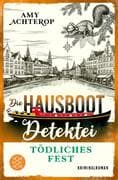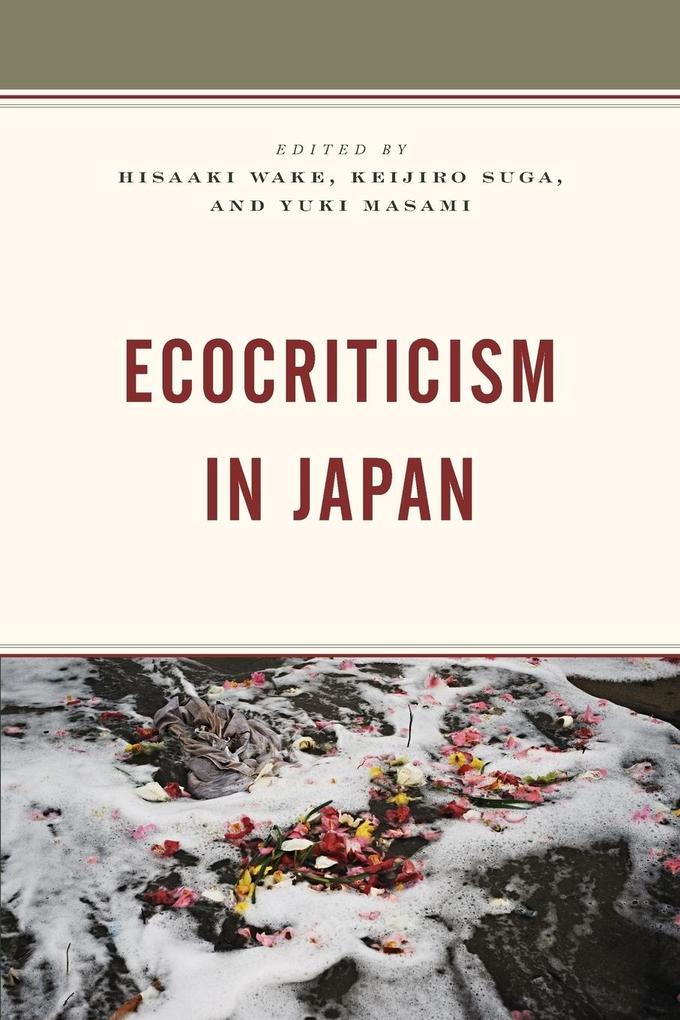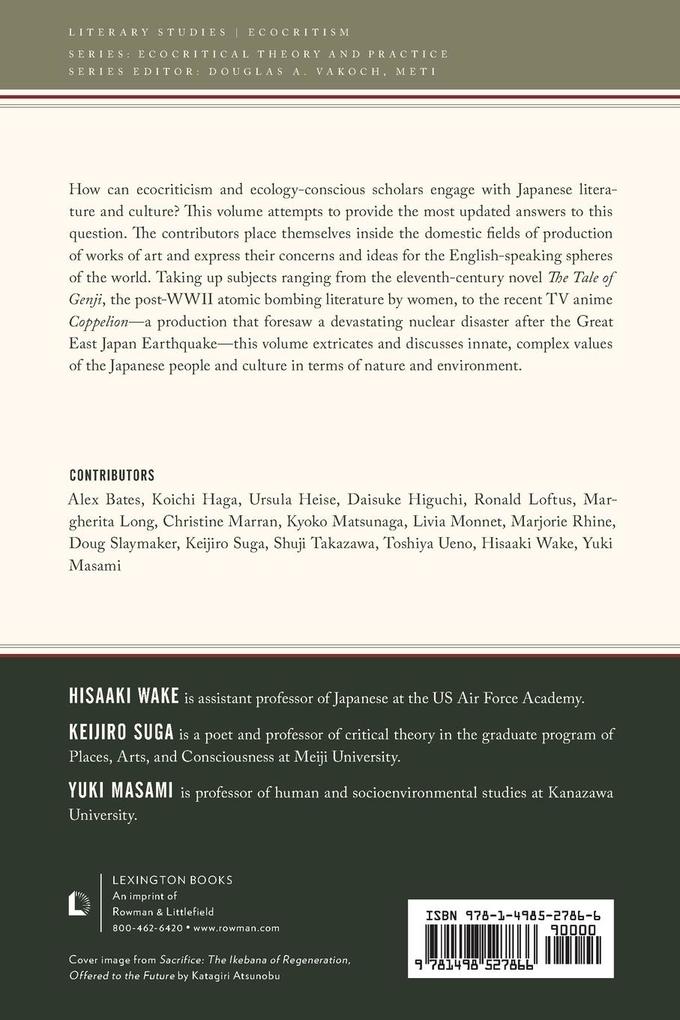Ecocriticism in Japan provides an answer to the question, "What can ecocriticism do when engaging with Japanese literature and culture?" Engaging works ranging from The Tale of Genji to Abe, ¿e, Ishimure, and Miyazaki, this volume examines works Japanese people and culture in terms of nature and environment.
Inhaltsverzeichnis
Foreword by Ursula Heise
Acknowledgements
Introduction by Yuki Masami
Chapter 1: Exploring Ecocritical Perspectives by Juxtaposing The Tale of Genji's "Suma" chapter with Folktales by Marjorie Rhine
Chapter 2: Taoka Reiun and Environmental Thought in the Early 1900s by Ronald Loftus by
Chapter 3: Kyoko Matsunaga Radioactive Discourse and Atomic Bomb Texts: Ota Yoko, Sata Ineko, and by Hayashi Kyoko
Chapter 4: Abe Kõbõ in Ecosophy by Toshiya Ueno
Chapter 5: Literary ground opened in fissures: The Great East Japan Earthquake and Oe Kenzaburo's In Late Style by Haga Koichi
Chapter 6: Oe and the Uses of Ecocritical Affect: Suspicion, Shame and Care after 3.11 by Margherita Long
Chapter 7: Nature Strikes Back: Human Interaction with Natural Forces in Literary Representations of Disaster by Alex Bates
Chapter 8: Horses and Ferns: Kaneko Mitsuharu and Furukawa Hideo by Doug Slaymaker
Chapter 9: Invisible Waves: On Some Japanese Artists After March 11, 2011 by Keijiro Suga
Chapter 10: From "Suffering"














